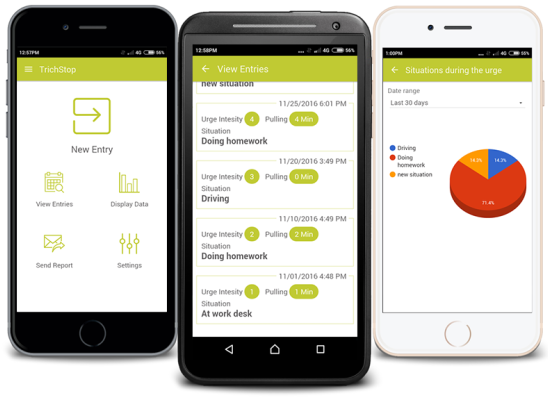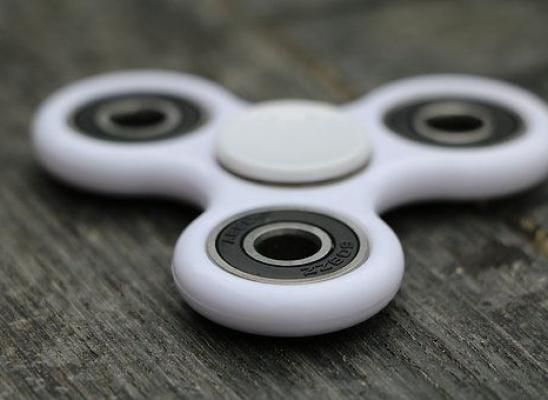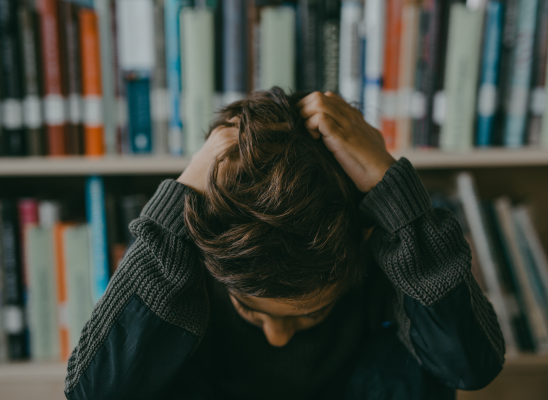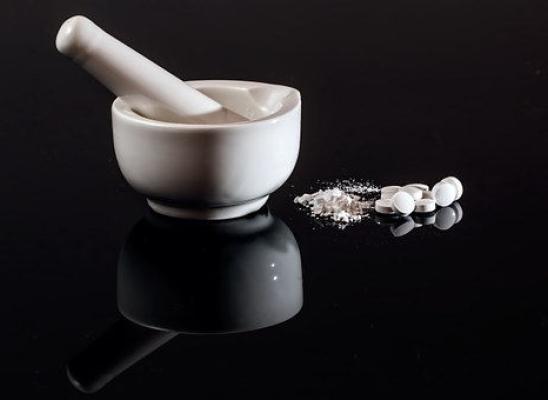Viviscal Supplements and Trichotillomania
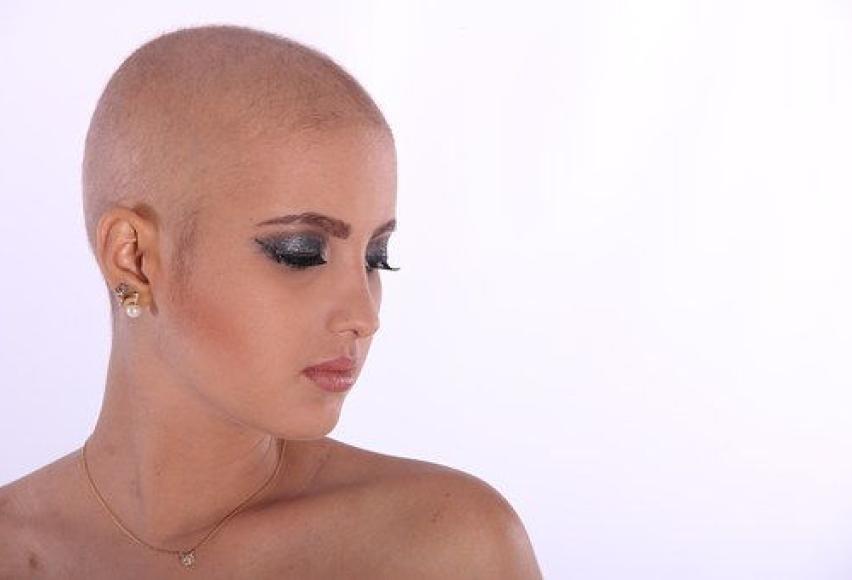
Online test
Find out the severity of your symptoms with this free online test
Trichotillomania was first named by the French dermatologist François Henri Hallopeau and derives from Greek terms that basically mean 'hair pulling mania'. That gives a clue as to what trichotillomania is; it's an obsessive-compulsive type disorder that compels its sufferers to pluck and pull at hair on their heads and bodies. While the disorder may be present in babies, it most commonly manifests itself in adolescents, from age 9 to 13, and it can manifest in adults as well. Because of social stigmas surrounding appearance, it can be difficult for sufferers to come forward and admit they are struggling with trichotillomania, and many will continue to suffer from it silently for months or years before they are finally treated.
Classification
Trichotillomania is classified to be on the same obsessive-compulsive spectrum as nail biting, skin picking, and body dysmorphic disorder, among others, collectively known as Body Focused Repetitive Behaviors (BFRBs). For most sufferers, during times of stress or depression, they feel a rising tension that is only relieved when they pull their hair. Common places to pull hair from are the scalp, eyebrows, eyelashes, legs, arms, nose, hands, and the pubic area. For many sufferers, the hair pulling is not a conscious act, but one that is performed 'automatically'. This is especially the case in children Others have an almost ritualistic way of hair-pulling, seeking out specific hair types, pulling in response to specific sensations, or pulling until things feel 'just right'. Another factor that encourages hair pulling is the environment a sufferer is in; a more relaxed environment often encourages hair-pulling, such as laying in bed just before falling asleep. As an interesting note, one type of automatic hair-pulling actually occurs while the person is sleeping.
Signs and symptoms
The obvious symptom of Trichotillomania is bald patches and areas of missing hair on the scalp, eyebrows, lashes, and other parts of the body. One classic presentation of hair-pulling on the scalp is the 'Friar Tuck' look, which is vertex and crown alopecia. The bald patches can cause stress and low self-esteem in sufferers, who then might continue the behaviors in an attempt to alleviate that stress. In our appearance-based society, people tend to fixate on any purported difference or flaw, and that makes those bald patches and bare spots stand out much more, even if only in the minds of sufferers. Besides the psychological issues the hair-pulling can cause, trichotillomania can also cause physiological problems are well. One minor issue is that the hair of sufferers often appears to be uneven. The hairs might be broken with blunt ends, broken mid-shaft, or uneven. A hair pull test is negative, meaning that the hair is not simply falling out or getting tugged out easily. If the hair-pulling is allowed to continue, damage to the hair follicles might be severe enough to stop regrowth of the hair, leading to permanent hair loss. In addition to hair issues, other complications hair-pulling can cause include infections, repetitive stress injuries such as carpal tunnel syndrome, and gastrointestinal blockages if the person also exhibits Trichophagia. Trichophagia is a condition in which a person ingests hair that they have pulled; this can lead to blockages of hair in the stomach or the intestines that can turn fatal if not caught and treated in time.
Are bald patches a source of embarrassment?
Treatment for Trichotillomania depends on the age of the sufferer and any other underlying causes. Young children often outgrow the condition, so they require minimal treatment. Older children, teens, and adults are often also screened for co-morbidities such as depression, OCD, or other mental health issues that might be causing or aggravating the condition. Talk therapy, including behavioral and habit modification therapies, can often prove helpful in 'reprogramming' old patterns and learning new ones that avoid hair-pulling. Therapy may be used on its own, or alongside antidepressants, to treat symptoms and alleviate the cause of hair-pulling. Once the hair-pulling symptoms are under control and the behavior is halted, sufferers still find their bald patches and generally unhealthy looking hair are still sources of embarrassment. This is where products such as Viviscal come in.
What is Viviscal?
 It actually comes in a few different parts. First, Viviscal is a nutritional supplement designed to help grow healthier-looking hair from the inside out. It contains the company's proprietary AminoMar marine complex, as well as biotin, zinc, and fish oils. All of these work to nourish your body, bringing more nutrients to your hair to encourage healthy growth. The second part is its cosmetic scalp preparation and hair care products. These will help the existing hair to be thicker, healthier, and more resistant to damage, while also encouraging new growth from the follicles. All of the aforementioned benefits can help those who are recovering from Trichotillomania. By washing their remaining hair with volumizing shampoos and conditioners, they an minimize the appearance of bald spots on the scalp until the hair in those areas grows in more fully. The supplements act as nourishment for both the hair and the body, which is especially important if the hair-pulling was a co-morbidity of another disorder such as depression. With some mental illnesses, self-care takes a backseat, which can lead to poor diet and malnutrition; taking supplements can help bridge the nutrition gap while a person is recovering, and can be continued even after the person has resumed eating a normal healthy diet. As the hair improves, the person's self-esteem improves as well, which decreases anxiety and stress that can aggravate anxiety, hair-pulling, and other conditions. As with any supplement, make sure you check with your doctor, psychologist, or other medical professional before you begin taking Viviscal, to make sure it won't interact with any medications you might be on and cause side effects.
It actually comes in a few different parts. First, Viviscal is a nutritional supplement designed to help grow healthier-looking hair from the inside out. It contains the company's proprietary AminoMar marine complex, as well as biotin, zinc, and fish oils. All of these work to nourish your body, bringing more nutrients to your hair to encourage healthy growth. The second part is its cosmetic scalp preparation and hair care products. These will help the existing hair to be thicker, healthier, and more resistant to damage, while also encouraging new growth from the follicles. All of the aforementioned benefits can help those who are recovering from Trichotillomania. By washing their remaining hair with volumizing shampoos and conditioners, they an minimize the appearance of bald spots on the scalp until the hair in those areas grows in more fully. The supplements act as nourishment for both the hair and the body, which is especially important if the hair-pulling was a co-morbidity of another disorder such as depression. With some mental illnesses, self-care takes a backseat, which can lead to poor diet and malnutrition; taking supplements can help bridge the nutrition gap while a person is recovering, and can be continued even after the person has resumed eating a normal healthy diet. As the hair improves, the person's self-esteem improves as well, which decreases anxiety and stress that can aggravate anxiety, hair-pulling, and other conditions. As with any supplement, make sure you check with your doctor, psychologist, or other medical professional before you begin taking Viviscal, to make sure it won't interact with any medications you might be on and cause side effects.
Online test
Find out the severity of your symptoms with this free online test
Start your journey with TrichStop
Take control of your life and find freedom from hair pulling through professional therapy and evidence-based behavioral techniques.
Start Now

